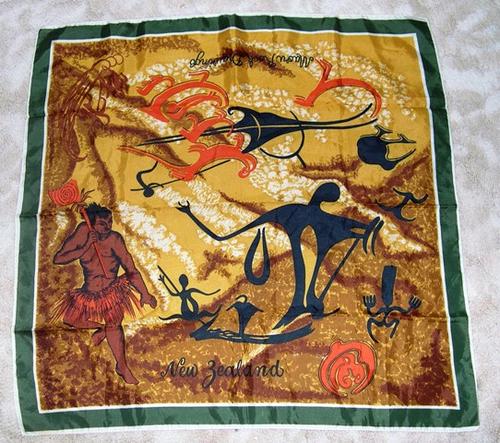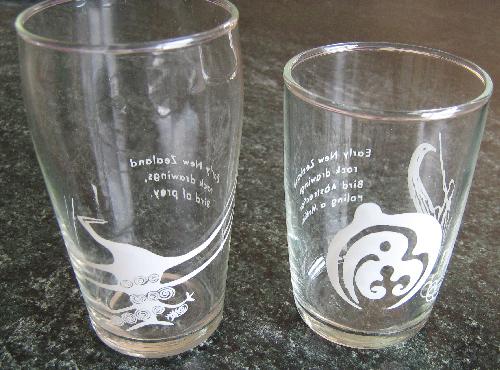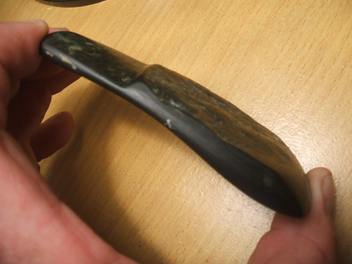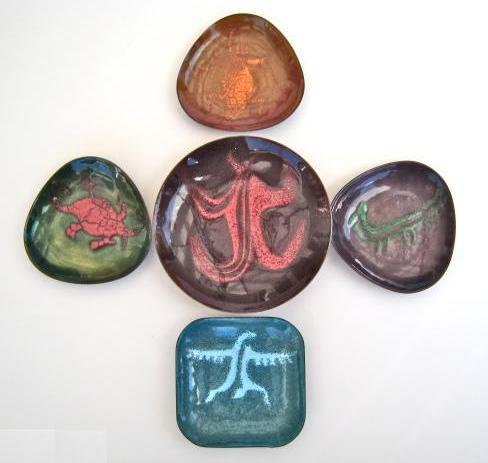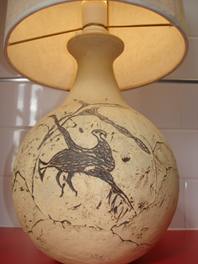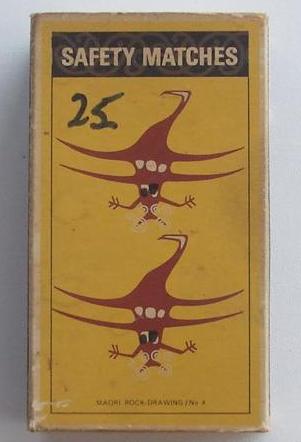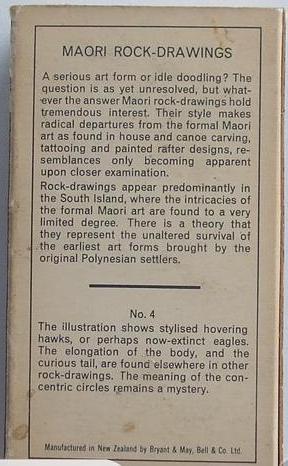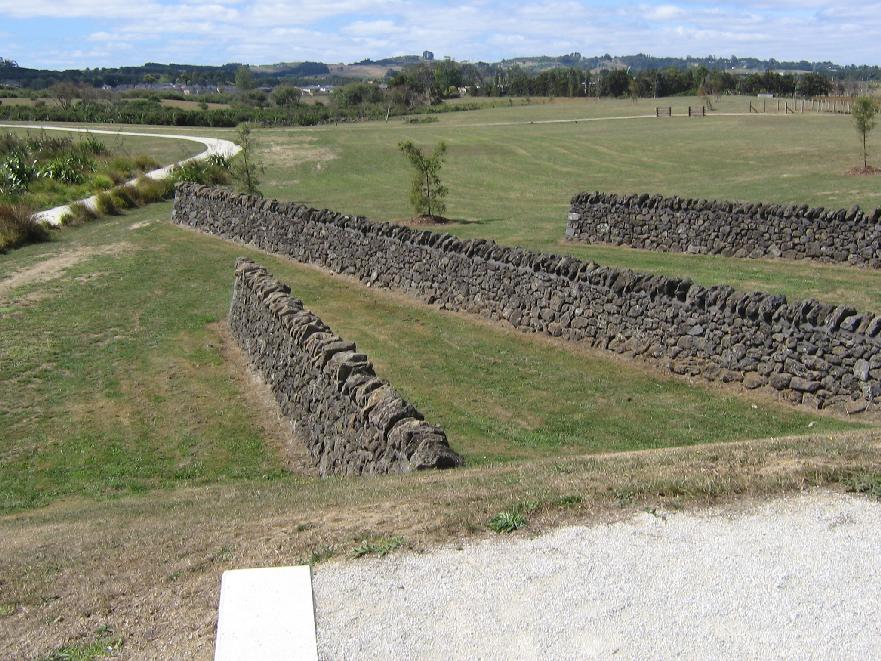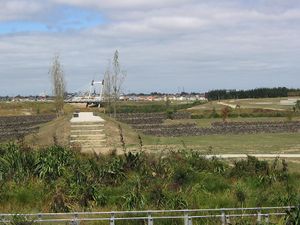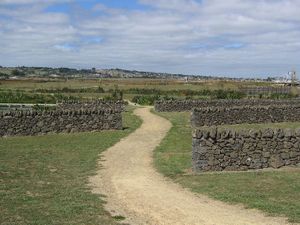Difference between revisions of "Kitsch"
| Line 40: | Line 40: | ||
[[Image:Lamp.jpg|framed|left|A rock art image often interpreted as an eagle used on a lamp base.]] | [[Image:Lamp.jpg|framed|left|A rock art image often interpreted as an eagle used on a lamp base.]] | ||
| + | [[Image:Boxfront.jpg|framed|left|A rock art image on a box of matches.]] | ||
| + | |||
| + | [[Image:Boxback.jpg|Thumb|The back.]] | ||
|} | |} | ||
Revision as of 09:36, 8 April 2010
Archaeological Kitsch
Archaeological items of iconic status become the subject of modern copies and re-use of the imagery. New Zealand items are not immune.
Maori
|
Rock drawings seem to have been particularly prone to this - borrowings appearing on fabrics, glassware and stamps. O'Regan discusses this use in the context of cultural property[1].
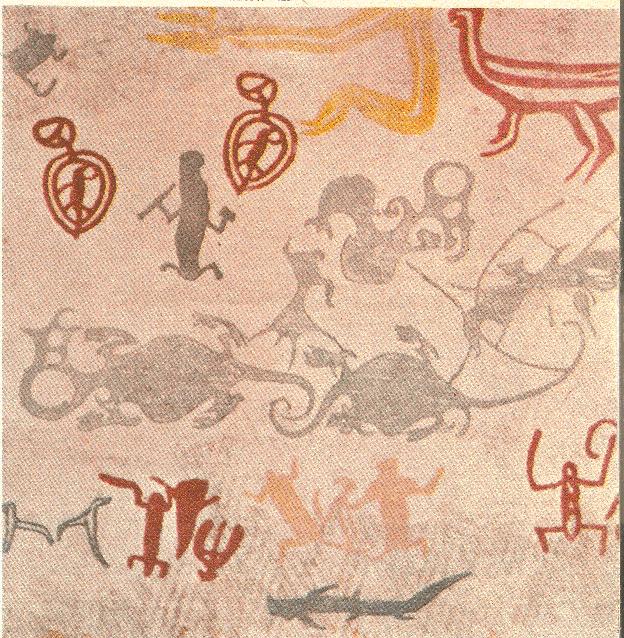 Rock art used on fabric. This was produced by blockprinting by poet Rex Fairburn. He obtained the artwork for this from Theo Schoon. Wikipedia has an article on Schoon. Another print can be seen here Fairburn and Schoon have Dictionary of New Zealand Biography entries.
 An execrable souvenir of the 1940 Centennial Exhibition. Perhaps not archaeological - a Birmingham made badge representing the Hinemoa and Tutanekai gateway at the Model Pa, Whakarewarewa. It doesn't include a kiwi! This sold for $113.99 on Trademe so it awfullness was certainly appreciated.The gateway itself is an example of bowdlerisation of Maori carving. |
Colonial
|
Barry Curtis Park in south Auckland has volcanic rock walls, reconstructed from a nearby farm site. The unfortunate result is what happens when landscape architecture captures archaeological reconstruction.
|
References
- ↑ O'Regan, G. 2008 The shifting place of Ngai Tahu rock art. in Sue O'Connor, Geoffrey Clark, Foss Leach (Eds), Islands of inquiry : colonisation, seafaring and the archaeology of maritime landscapes. Terra Australis 29 Accessed at http://epress.anu.edu.au/terra_australis/ta29/pdf/ch26.pdf

